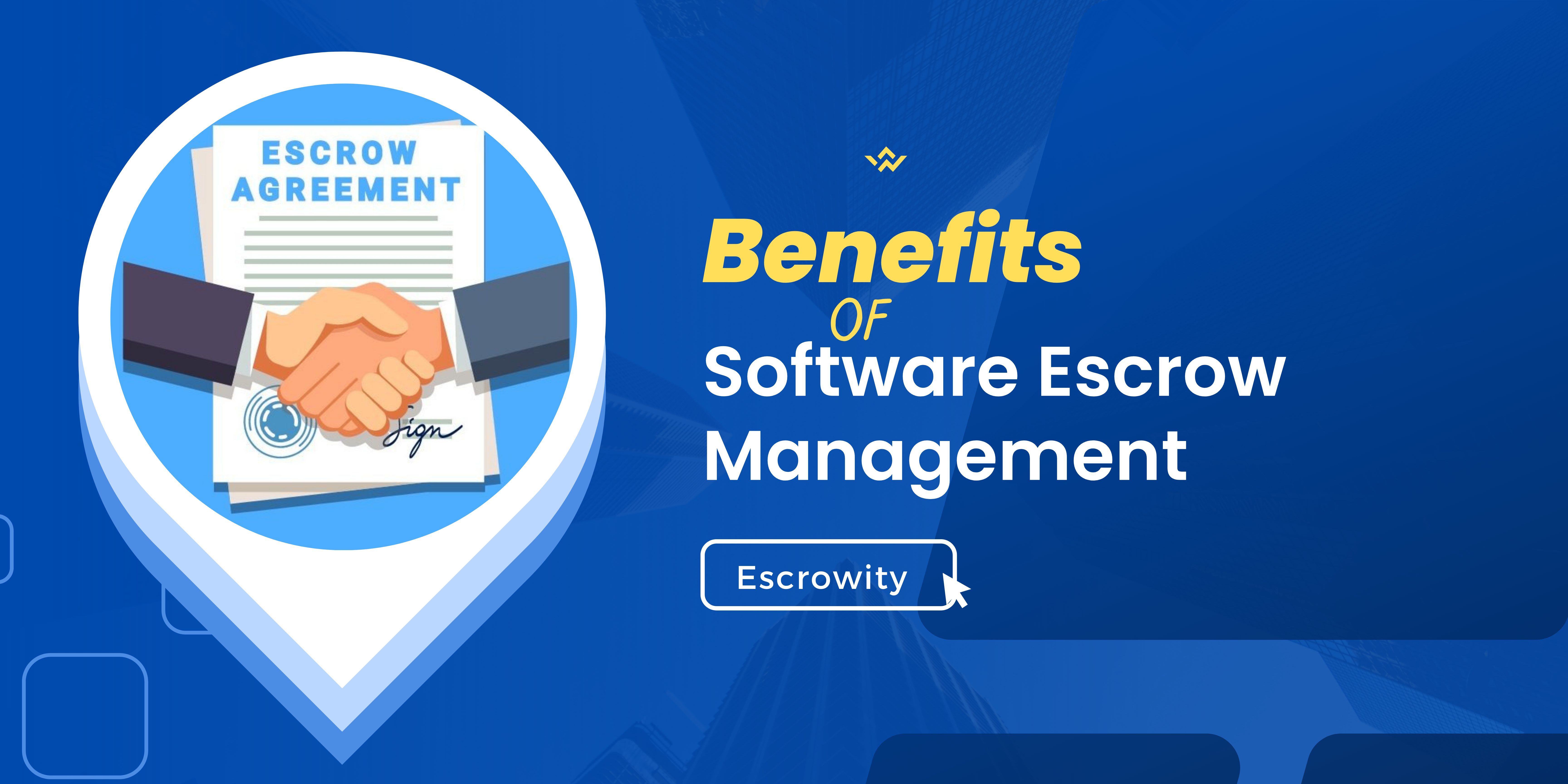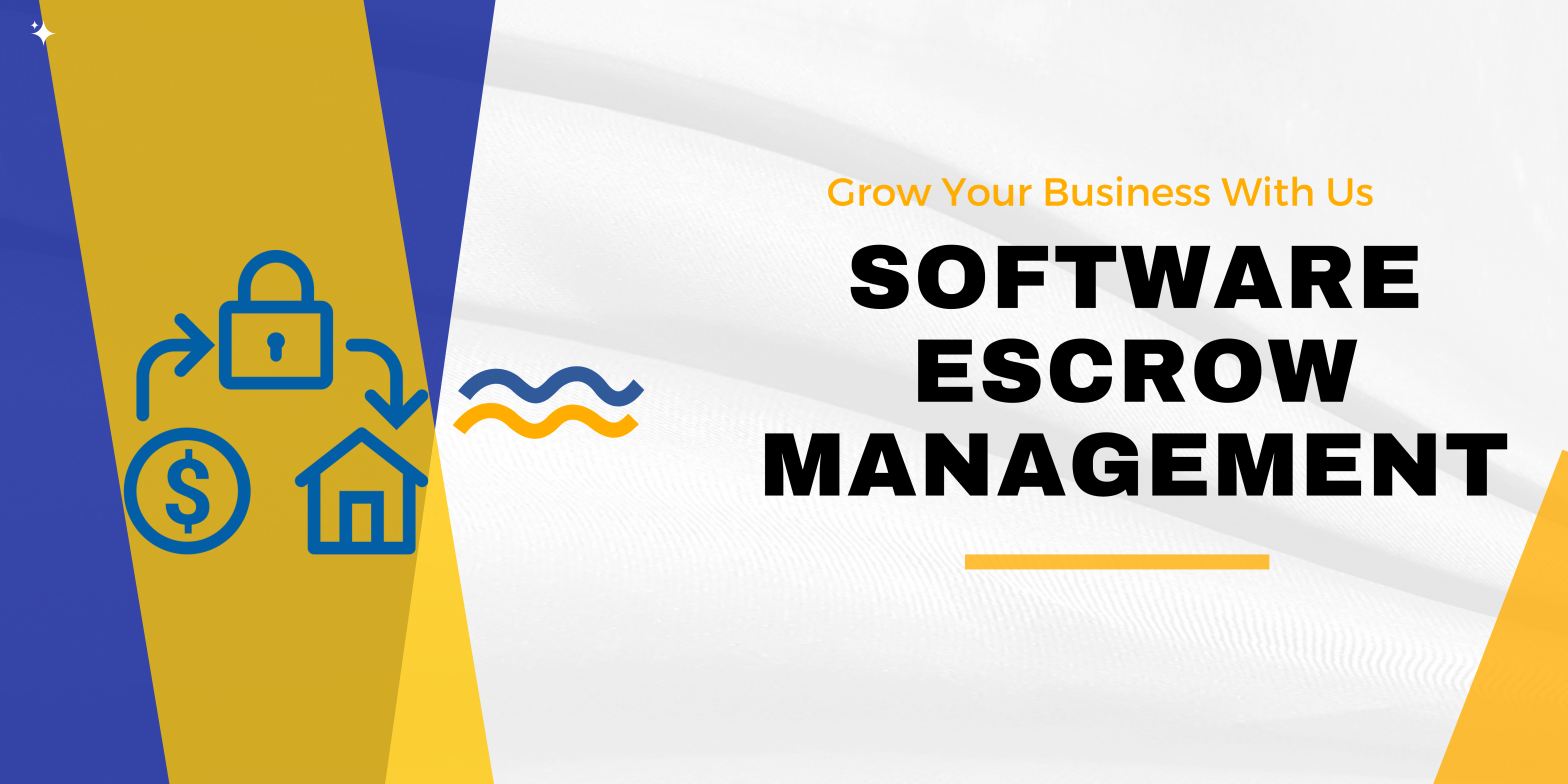In today’s digital era, businesses rely heavily on software applications to streamline their operations and enhance productivity. However, the increasing reliance on third-party software vendors poses a significant risk. What if the software vendor goes out of business, fails to provide support or maintenance, or experiences a catastrophic event that disrupts the availability of the software? This is where software escrow management comes into play. Software escrow is a contractual arrangement that helps protect businesses by providing access to the source code and other critical assets of a software application. In this article, we will explore the concept of software escrow management, its benefits, and how it ensures business continuity and risk mitigation.
Understanding Software Escrow Management
Software escrow management refers to the process of establishing an escrow agreement between a software vendor, a beneficiary (usually the software licensee), and a trusted third-party escrow agent. The escrow agreement outlines the terms and conditions under which the source code and other assets of the software application will be released to the beneficiary. The purpose of software escrow is to mitigate the risks associated with dependency on a single software vendor and ensure business continuity.
Key Components of Software Escrow Management
- Escrow Agreement: The escrow agreement is a legally binding contract that defines the terms and conditions of the escrow arrangement. It specifies the software application, the deposited materials (source code, documentation, etc.), the conditions triggering a release, and the rights and obligations of all parties involved.
- Trusted Escrow Agent: A trusted escrow agent is a neutral third party responsible for safeguarding the deposited materials and ensuring compliance with the escrow agreement. The escrow agent should have a proven track record of reliability, security, and integrity.
- Deposited Materials: The deposited materials typically include the source code, documentation, build scripts, database schema, and any other critical assets required to maintain and support the software application.
- Release Conditions: The escrow agreement outlines the specific conditions under which the deposited materials will be released to the beneficiary. These conditions are typically triggered by events such as the software vendor going out of business, bankruptcy, or a breach of contractual obligations.

Benefits of Software Escrow Management
- Business Continuity: Software escrow ensures that businesses can continue to use and maintain critical software applications, even in the event of a vendor’s failure or unavailability. Access to the source code and associated materials allows organizations to engage third-party experts or internal teams to make necessary modifications or provide ongoing support.
- Risk Mitigation: By establishing a software escrow arrangement, organizations reduce the risks associated with vendor dependency. If a vendor fails to deliver on its commitments, the escrow agreement ensures that the beneficiary can still access and utilize the software’s assets, minimizing disruption to operations.
- Protection of Investments: Organizations invest significant resources in software applications. Software escrow provides a safeguard for these investments, ensuring that the value of the software can be preserved and protected.
- Negotiating Power: The presence of a software escrow agreement can give the beneficiary greater negotiating power when entering into contracts with software vendors. It provides reassurance that the organization has a fallback option if the vendor fails to meet its obligations.
- Flexibility and Adaptability: Access to the source code allows organizations to customize and adapt the software application to meet changing business requirements. This flexibility can be crucial for businesses operating in dynamic and evolving industries.
Best Practices for Software Escrow Management
- Clearly Define Release Conditions: The escrow agreement should include specific and detailed conditions that trigger a release. This ensures that both the software vendor and the beneficiary have a clear understanding of when and how the deposited materials will be released.
- Regularly Update Deposited Materials: It is essential to maintain up-to-date deposited materials in the escrow account. This includes keeping the source code, documentation, and other relevant assets current with each new software release or update. Regular updates ensure that the beneficiary has access to the latest version of the software and can effectively maintain and support it.
- Perform Escrow Account Audits: Periodic audits of the escrow account can help verify the existence and integrity of the deposited materials. Audits provide assurance to the beneficiary that the escrow agent is fulfilling their responsibilities and safeguarding the assets properly.
- Establish Communication Channels: Open lines of communication between the software vendor, beneficiary, and escrow agent are crucial for effective software escrow management. Regular communication ensures that all parties stay informed about any changes, updates, or potential triggers for a release.
- Conduct Risk Assessments: It is recommended to conduct periodic risk assessments to evaluate the viability and stability of the software vendor. This assessment helps identify potential risks and determine if the software escrow arrangement is still sufficient for risk mitigation.
- Test the Release Process: To ensure a smooth transition and minimize any downtime in the event of a release, it is advisable to periodically test the release process. Testing helps uncover any potential issues or challenges that may arise when accessing and utilizing the deposited materials.
- Review and Update Escrow Agreements: As software applications evolve and business requirements change, it is essential to review and update the escrow agreements periodically. This ensures that the agreement accurately reflects the current state of the software, includes relevant release conditions, and addresses any emerging risks or concerns.
Conclusion
Software escrow management is a critical aspect of mitigating risks associated with software vendor dependency and ensuring business continuity. By establishing an escrow agreement, organizations can protect their investments, maintain access to critical software assets, and minimize disruption in the event of a vendor’s failure. With clear release conditions, regular updates to deposited materials, effective communication channels, and proactive risk assessments, software escrow management can provide peace of mind to businesses relying on third-party software applications. By following best practices and implementing robust software escrow management strategies, organizations can navigate potential risks and ensure the ongoing stability and functionality of their software systems.
Don’t leave your software assets vulnerable! Safeguard your business with reliable Software Escrow Management. Contact us today to protect your critical software and ensure uninterrupted operations for your organization. Secure your future now!
